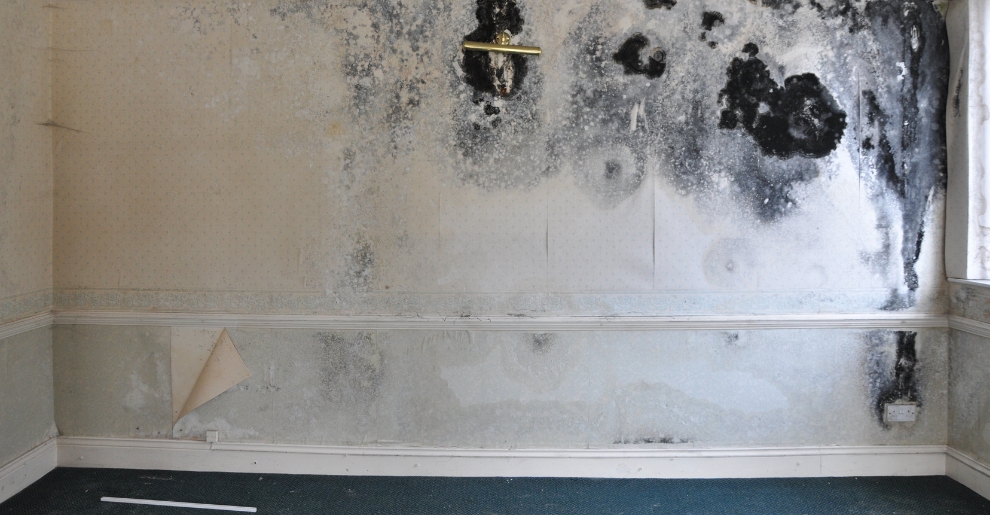Property mould and repairs – lessons after the tragic case of Awaab Ishak

A lesson must be learned from the recent tragic case of two-year-old Awaab Ishak, who died after his health was compromised by mould growing in the rented home where he lived. Both private landlords and providers of social housing are being urged to go above and beyond when it comes to maintenance and repair responsibilities.
At the inquest into the toddler’s death, the coroner heard that Rochdale Boroughwide Housing had taken no action, despite Awaab’s father reporting the problem repeatedly over a period of years. Ruling that the child’s death was caused by exposure to mould in the one-bedroom housing association flat he shared with his parents in Greater Manchester, the coroner said the incident should be a “defining moment” for the UK’s housing sector.
Those sentiments have been echoed by Government housing minister Michael Gove who has said: “Every single person in this country, irrespective of where they’re from, what they do or how much they earn, deserves to live in a home that is decent, safe and secure.”
Landlords have a responsibility and duty of care to make sure a property is free of damp and mould, among other things, under the Landlord and Tenant Act 1985, but interior condensation and damp in the property can often arise through the actions of the tenant, such as lack of ventilation or heating.
“Rather than look to shift the blame, landlords are being encouraged to work with tenants to resolve problems,” said property law expert Sebastian Jakubowski: “If no structural problem can be identified, such as rising damp or leaking roofs and gutters, damp and mould might arise from lack of heating or from condensation caused by drying clothes inside.
“The problem is likely to be high on the agenda in the coming winter with tenants expected to turn down, or even turn off, their heating in the face of record fuel prices, which is likely to create or exacerbate problems with damp. Landlords could take action now to help tenants understand how best to manage this – the solution could be as simple as fitting an extractor, or making sure ventilation isn’t blocked.
“Working together in this way may help avoid bigger problems in future.”
Some tips have been suggested by Citizens Advice Bureau and the housing charity Shelter to help tenants manage condensation and ventilation. These include:
- Avoid using portable gas or paraffin heaters which can generate a lot of moisture in the air.
- Ensure tumble dryers have extractor outlets and are vented outside unless they are self-condensing.
- Dry wet clothes outside rather than on heaters or radiators or use the bathroom where the door can be closed and the extractor switched on.
- Do not block ventilation such as air vents, or disable extractor fans, as an attempt to warm up the property, as this will see moisture build up and make the place colder in the long run.
- Everyday activities like cooking, showering and drying clothes create moisture in your home which can lead to condensation.
- Cover pans when cooking and close internal doors when you cook or shower.
- Make sure there is a gap between furniture and external walls for air to circulate and open bedroom windows for 5-10 minutes when you get up as moisture builds up overnight.
- Try to keep a low background temperature of at least 15 degrees in all rooms, rather than extremes of heat and cold which may happen when heating is turned off for most of the day and boosted for a short time in the evening.
There is also a regulatory impetus for housing associations and local authority landlords to act. Following the Rochdale case, the Regulator of Social Housing has written to registered providers of social housing, highlighting their responsibility to take action to protect tenants from hazardous dampness and mould.
The regulator has said that all social landlords will need to provide evidence to show they have systems in place to deal with damp and mould issues and manage health risks to their tenants.
Added Sebastian: “Further regulation is on the horizon, with the Social Housing Regulation Bill which is passing through Parliament. But whether you are a private landlord or managing social housing, this regrettable case should certainly be a wake-up call to ensure that you work with your tenant to resolve such issues.”
If you would like any more information relating to this article, then please feel free to contact me: Telephone me on 020 8221 8032, email me or visit my profile.
This is not legal advice; it is intended to provide information of general interest about current legal issues.
